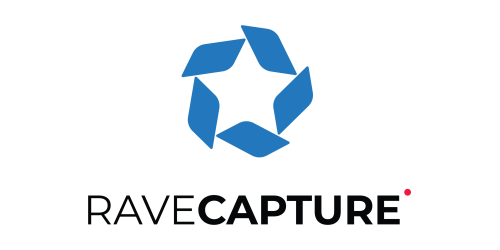
Best Practices For Securing Your SaaS
Andrew JohnsonShare
Securing Software-as-a-Service (SaaS) applications requires a comprehensive approach that begins with robust SSL Certificate implementation.
As organizations increasingly rely on cloud-based solutions, the security landscape has evolved to demand more sophisticated protection measures.
Trustico® provides enterprise-grade SSL Certificates that form the foundation of SaaS security best practices.
SSL Certificate Implementation and Management
The cornerstone of SaaS security lies in proper SSL Certificate deployment. Organizations must ensure their SaaS applications use strong SSL Certificates with a minimum of 2048-bit encryption and are issued by trusted Certificate Authority providers.
Regular SSL Certificate monitoring and timely renewal processes help prevent unexpected SSL Certificate expiration that could lead to service disruptions.
Implementation should include proper configuration of security headers, enabling HTTP Strict Transport Security (HSTS), and ensuring all subdomains are protected with wildcard or multi-domain SSL Certificates.
Access Control and Authentication
Beyond SSL Certificate protection, robust access control mechanisms are essential for SaaS security.
Multi-factor authentication (MFA) should be mandatory for all user accounts, especially those with administrative privileges. Role-based access control (RBAC) helps limit user permissions to only what is necessary for their job functions.
Regular access reviews and automated user deprovisioning processes help maintain security as organizations scale and employee roles change.
Data Encryption Standards
Data protection in SaaS environments requires encryption both in transit and at rest. While SSL Certificates secure data in transit, organizations must implement additional encryption measures for stored data.
Advanced Encryption Standard (AES) with 256-bit keys represents the current industry standard for data at rest. Database encryption, proper key management, and secure backup systems should be implemented according to compliance requirements such as GDPR, HIPAA, or PCI DSS.
Security Monitoring and Incident Response
Continuous security monitoring is crucial for maintaining SaaS application integrity. Organizations should implement comprehensive logging systems that track access attempts, configuration changes, and potential security events.
Security Information and Event Management (SIEM) solutions can help correlate security data and identify potential threats. An incident response plan should be documented and regularly tested, including procedures for SSL Certificate compromise scenarios.
Vendor Security Assessment
Organizations utilizing SaaS solutions must conduct thorough security assessments of their vendors.
This includes verifying proper SSL Certificate implementation, reviewing security certifications such as SOC 2 Type II, and understanding the vendors data handling practices.
Regular security audits and compliance checks help ensure vendors maintain appropriate security standards throughout the service relationship.
Third-party risk management programs should include monitoring of vendor SSL Certificate status and security posture.
Regular Security Updates and Patch Management
Maintaining current security patches and updates is critical for SaaS security. This includes keeping SSL Certificate implementations current with the latest protocols and cipher suites.
Organizations should disable outdated protocols such as SSL Certificate 3.0 and TLS 1.0, ensuring only secure versions like TLS 1.2 and 1.3 are enabled.
Regular vulnerability assessments and penetration testing help identify potential security gaps before they can be exploited.
By implementing these security best practices and maintaining proper SSL Certificate management through trusted providers like Trustico® organizations can significantly enhance their SaaS security posture.
Regular review and updates to these security measures ensure continued protection against evolving threats in the dynamic SaaS environment.



